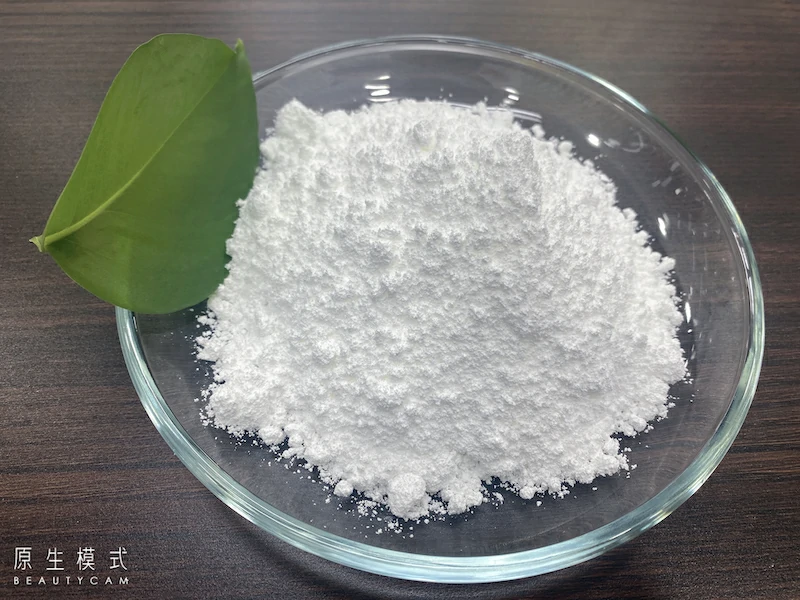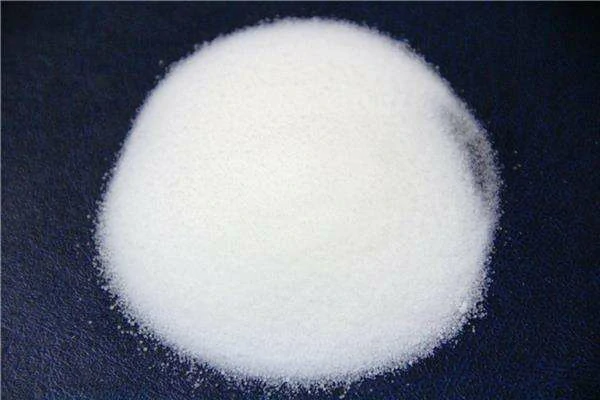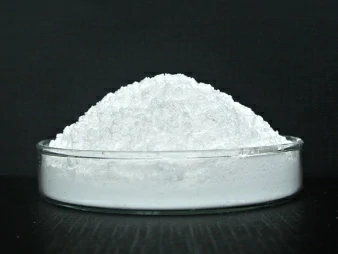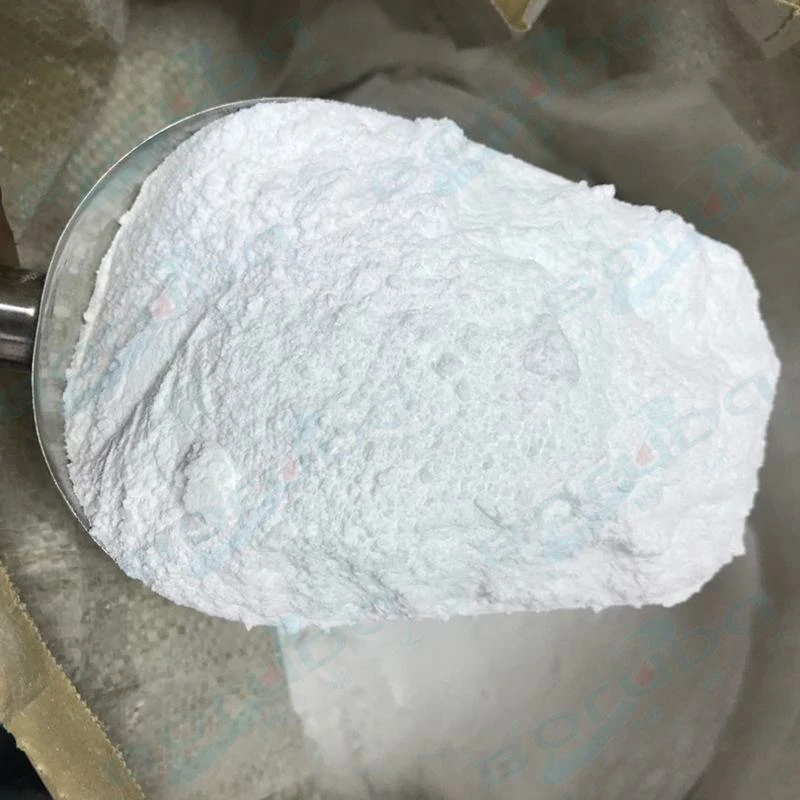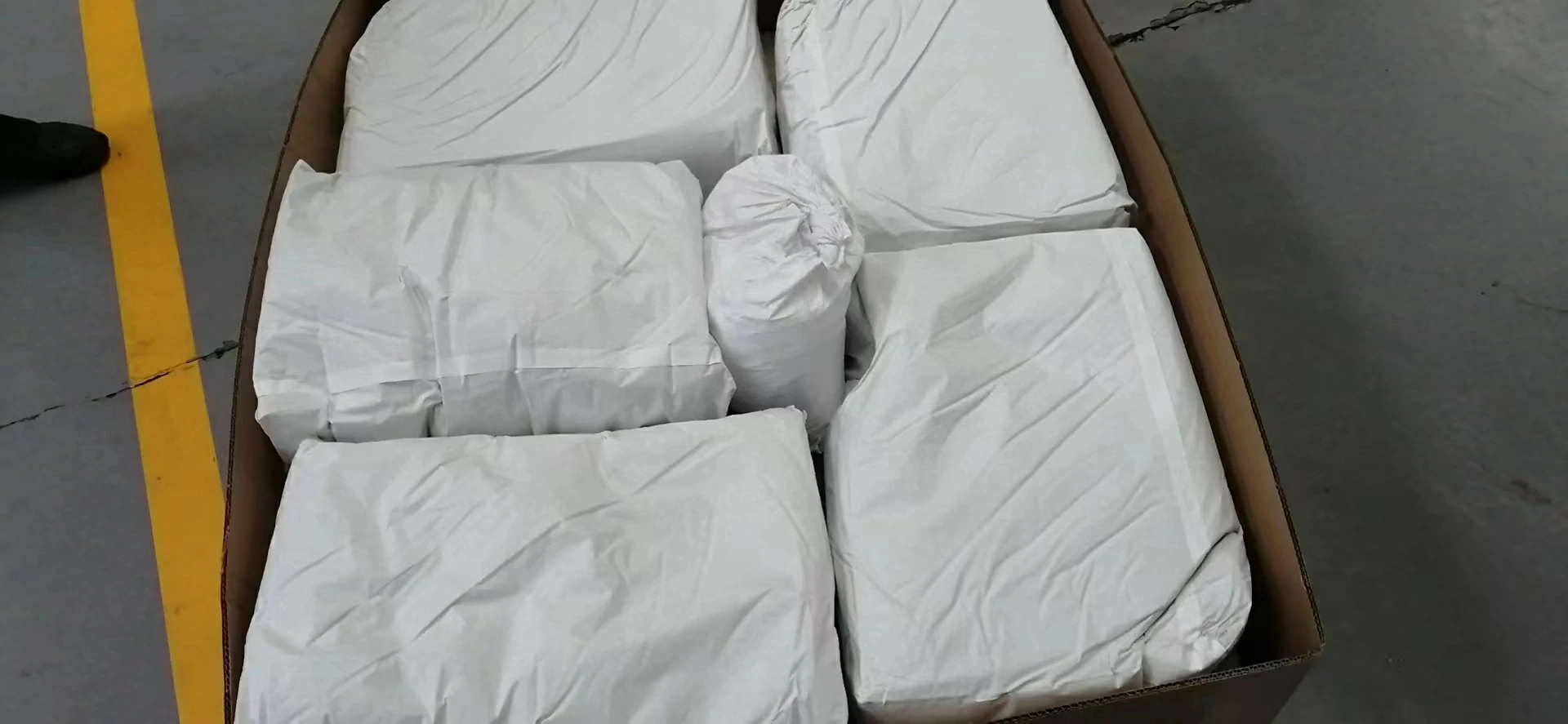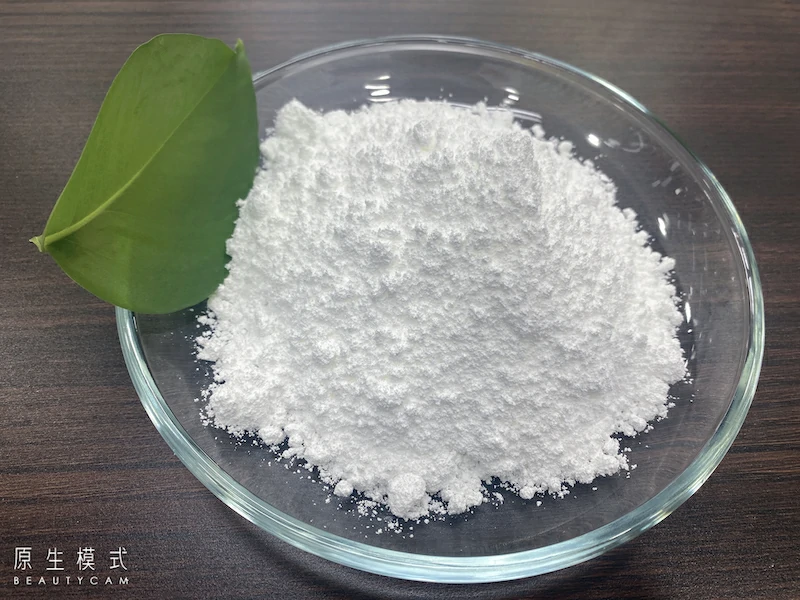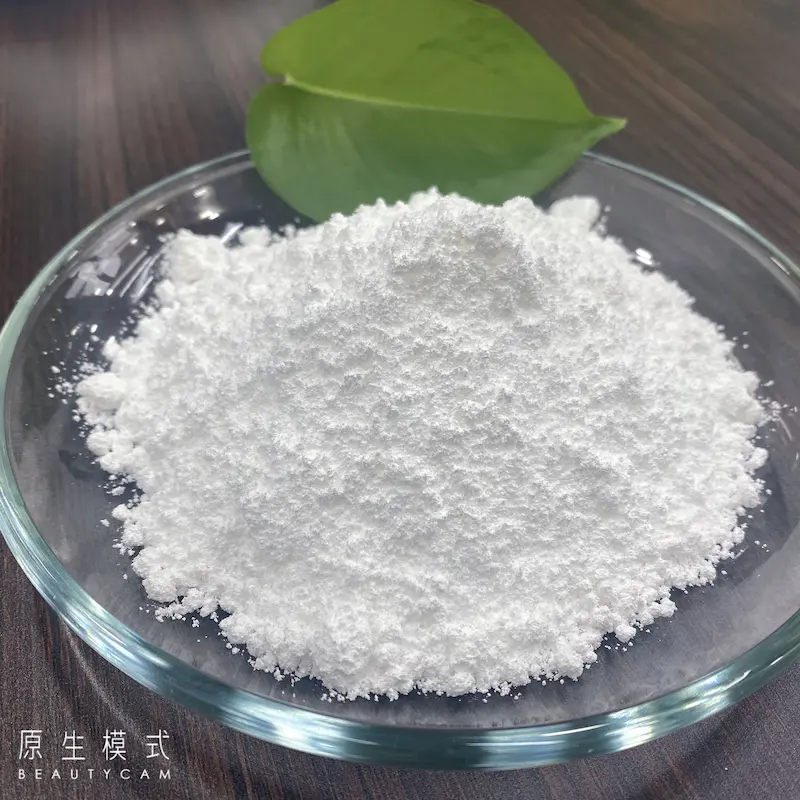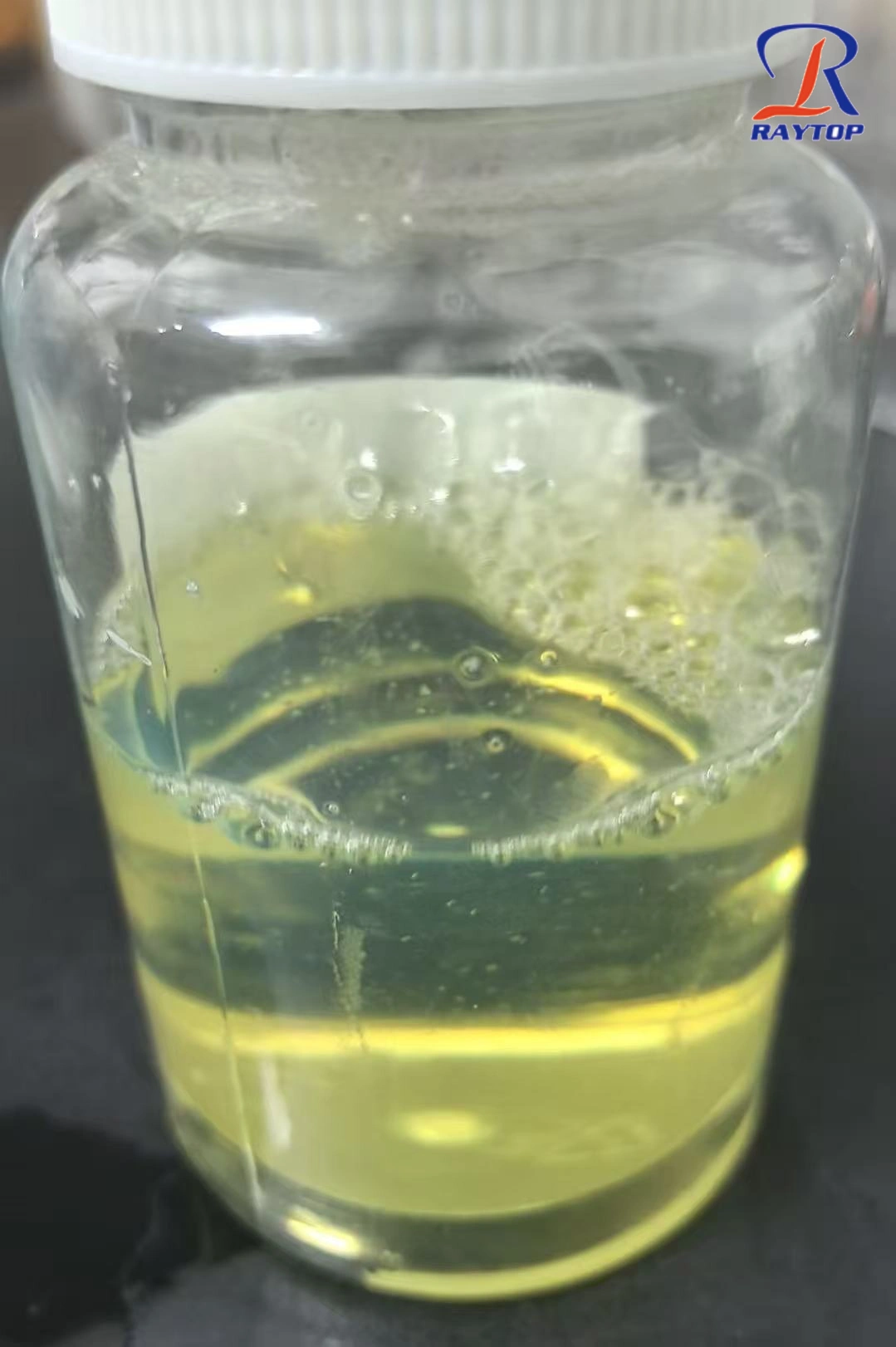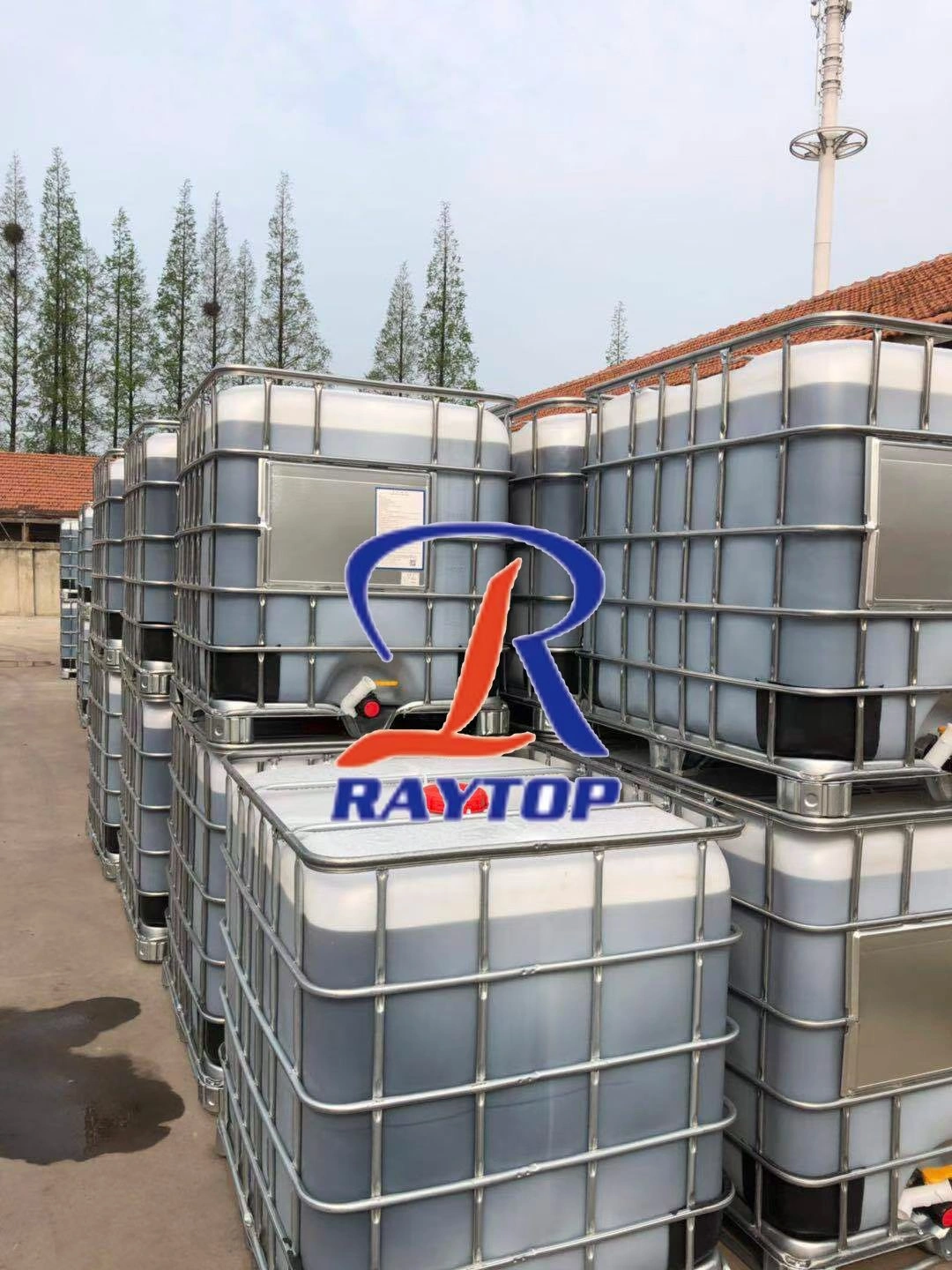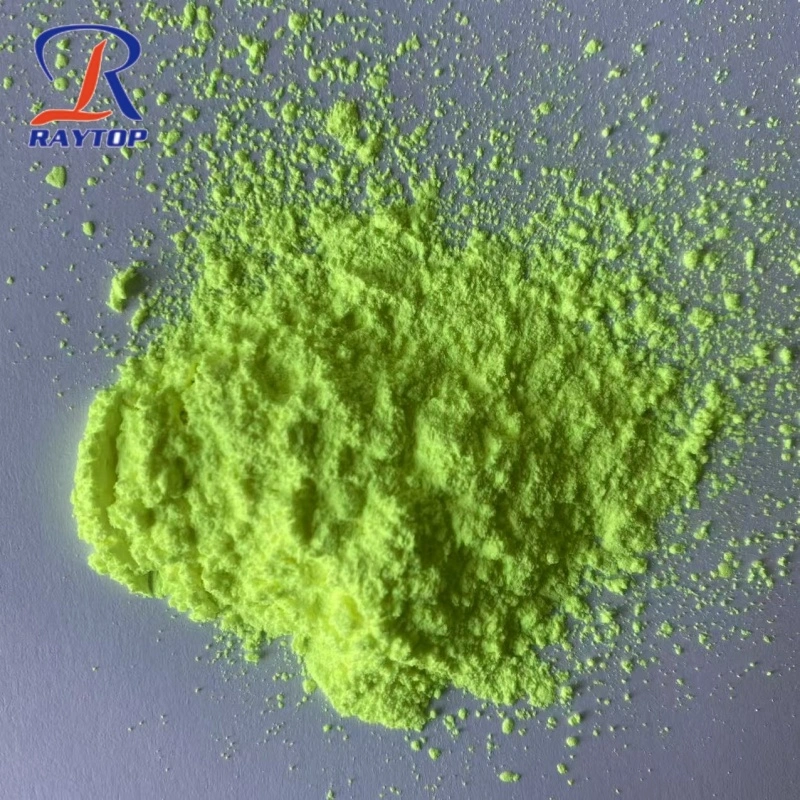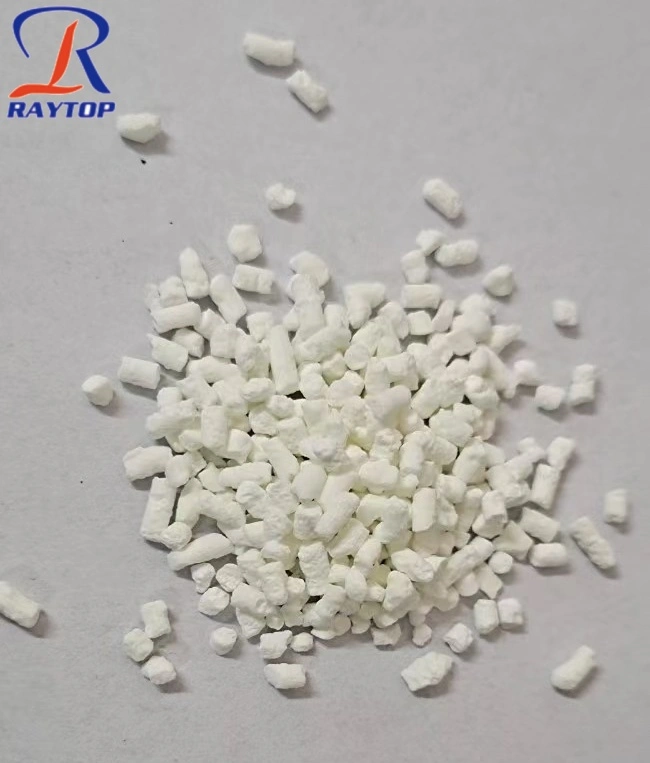To enhance the clarity of polypropylene, clarifying agents are used during the manufacturing process. These agents significantly improve the optical properties of PP, resulting in a clearer, more aesthetically pleasing product. In this article, we will explore the use of clarifying agents for PP, including their specifications, pricing, ingredients, working principle, custom packaging options, and how to use them.
Product Introduction: Clarifying Agent for PP
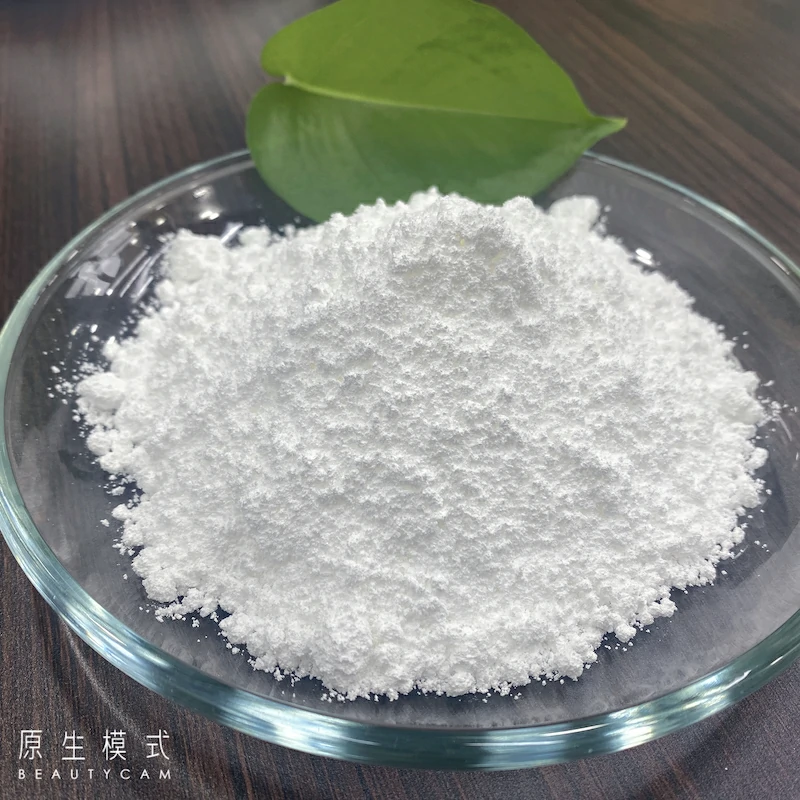
Clarifying agents for polypropylene are chemical additives used to increase the transparency and clarity of the final product. These agents reduce the size of PP spherulites during crystallization, resulting in a finer crystalline structure. This smaller and more uniform crystal formation allows more light to pass through the polymer, significantly improving its optical properties.
Clarifying agents are essential in applications where high clarity is required, such as food packaging, clear containers, and medical devices. They also enhance the mechanical properties of PP, making it stiffer and more resistant to warping.
Specifications Table for Clarifying Agent for PP
| Specification | Details |
|---|---|
| Chemical Composition | Sorbitol-based or phosphate-based |
| Form | Powder, granules, or liquid |
| Concentration | 0.1% to 0.4% (by weight) |
| Melting Point | 220°C to 240°C |
| Color | White or off-white |
| Solubility | Insoluble in water, dispersible in PP resin |
| Stability | High thermal stability |
| Usage | Suitable for injection molding, blow molding, and extrusion |
| Packaging Size | 25 kg bags or drums |
| Compatibility | Polypropylene (homo-polymers and copolymers) |
Pricing of Clarifying Agents
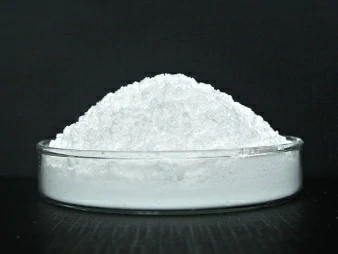
The price of clarifying agents for PP depends on the type of agent, quality, and the quantity purchased. On average, clarifying agents are priced as follows:
Retail Price: Typically ranges from $10 to $20 per kilogram for standard sorbitol-based clarifying agents.
Wholesale Price: For bulk purchases, the price per kilogram drops to $8 to $15, depending on the volume and supplier.
Custom formulations or high-performance agents with enhanced thermal stability may cost more, with prices ranging from $25 to $35 per kilogram.
Ingredients of Clarifying Agents for PP
Clarifying agents are composed of specific chemical compounds that influence the crystalline structure of polypropylene during cooling. The two most common types of clarifying agents are:
Sorbitol-based Clarifying Agents:
These are the most commonly used clarifying agents for PP.
Key Ingredients: Derivatives of sorbitol, such as Di-(p-methylbenzylidene) sorbitol (DMDBS) or Di-(p-ethylbenzylidene) sorbitol (DEBDS).
Sorbitol-based agents work by reducing the size of spherulites during the cooling and crystallization process, improving transparency and stiffness.
Phosphate-based Clarifying Agents:
These agents are less commonly used but offer excellent thermal stability, making them ideal for applications where high processing temperatures are required.
Key Ingredients: Organic phosphates, such as tris(2,4-di-tert-butylphenyl) phosphite.
Phosphate-based agents enhance clarity and mechanical properties but may be more expensive than sorbitol-based agents.
Working Principle of Clarifying Agents

The primary function of clarifying agents is to improve the clarity of polypropylene by altering its crystalline structure. Polypropylene typically forms large spherulites (crystals) during the cooling process, which scatter light and give the material a cloudy appearance. Clarifying agents work by:
Nucleation: Clarifying agents act as nucleating agents, promoting the formation of a large number of smaller spherulites instead of fewer large ones. This finer crystalline structure allows more light to pass through, resulting in increased transparency.
Improved Stiffness: The finer crystalline structure not only enhances clarity but also improves the mechanical properties of PP. Clarified PP becomes stiffer and more resistant to deformation, making it suitable for applications that require rigidity and clarity.
Faster Processing: Clarifying agents also help speed up the crystallization process during cooling, reducing cycle times in manufacturing processes such as injection molding, blow molding, and extrusion.
Custom Packaging Specifications
Manufacturers offer a range of packaging options for clarifying agents to meet the needs of different industries. Custom packaging can include branding, labeling, and eco-friendly materials to suit specific customer requirements.
Standard Packaging: Most clarifying agents for PP are packaged in 25 kg bags or drums, designed for easy handling and storage in manufacturing facilities.
Bulk Packaging: For large-scale production, clarifying agents are available in bulk containers such as 500 kg to 1,000 kg super sacks or IBC (Intermediate Bulk Containers).
Private Labeling: Manufacturers can provide private labeling services for customers who want to market the clarifying agent under their own brand name. This includes customized labeling, packaging design, and logo printing.
Eco-friendly Packaging: As sustainability becomes increasingly important, some manufacturers offer packaging made from recycled or biodegradable materials to reduce the environmental impact.
How to Use Clarifying Agents in Polypropylene Processing
Using clarifying agents in PP is a straightforward process, but it’s essential to follow the correct procedures to ensure optimal results. Here’s a step-by-step guide on how to use clarifying agents in polypropylene processing:
Determine the Required Concentration: The typical concentration of clarifying agents in PP ranges from 0.1% to 0.4% by weight. The exact amount depends on the desired level of transparency and mechanical properties.
Mixing with PP Resin: The clarifying agent must be thoroughly mixed with the PP resin before processing. This can be done using a masterbatch (pre-mixed concentrate) or by adding the agent directly to the resin during extrusion, injection molding, or blow molding.
Processing Temperatures: Ensure that the processing temperatures are within the recommended range for the specific clarifying agent. Most agents are stable at temperatures between 220°C to 240°C.
Molding and Extrusion: The PP resin with the clarifying agent can be processed using standard molding or extrusion techniques. The clarifying agent will work during the cooling phase, where it influences the crystalline structure of the polymer, leading to enhanced transparency.
Post-Processing: After molding or extrusion, the clarified PP product will have improved clarity and stiffness. No additional steps are required, but the product can be further processed (cutting, printing, etc.) as needed.
Conclusion
Clarifying agents for PP play a crucial role in enhancing the optical and mechanical properties of polypropylene, making it suitable for applications that require high transparency, such as packaging, consumer goods, and medical devices. With sorbitol-based and phosphate-based options available, manufacturers can choose the best agent for their specific needs, whether for general-purpose clarity or high-temperature applications.
With competitive pricing, customizable packaging options, and straightforward usage, clarifying agents are a valuable additive for improving the performance of polypropylene. By incorporating these agents into the production process, manufacturers can achieve superior clarity, faster processing times, and improved product quality, ensuring that their PP products meet industry standards and consumer expectations.

